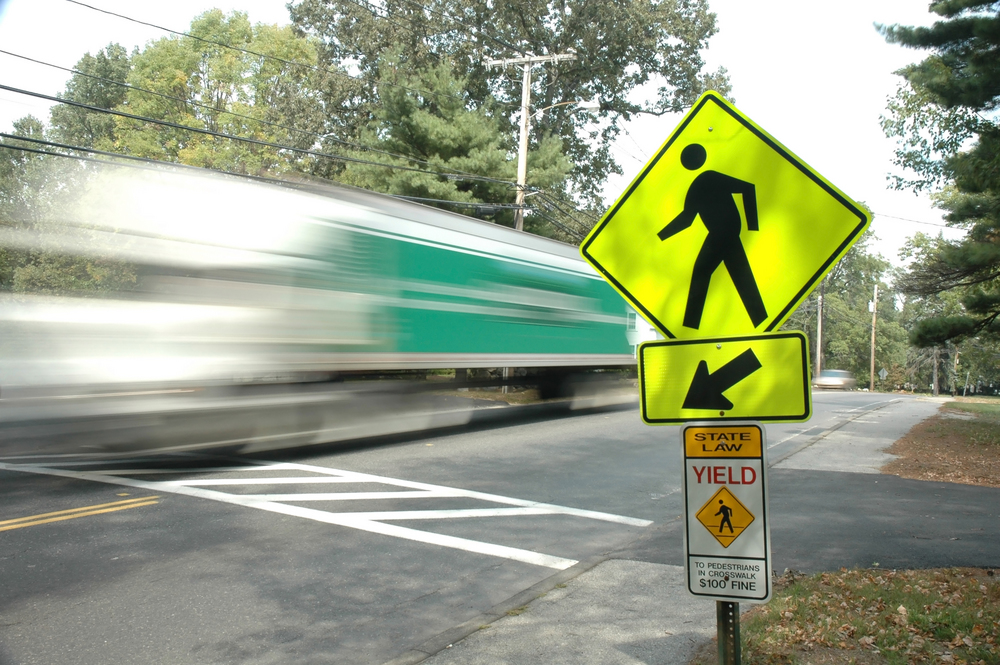
Pedestrian accidents can result in severe injuries or even fatalities, significantly impacting the lives of victims and their families. Navigating the legal process following such an accident can be challenging, especially when dealing with insurance companies and determining fault. This article aims to provide a basic understanding of pedestrian accident litigation while emphasizing the importance of having an experienced attorney to represent your interests.
Establishing Fault
The first step in pedestrian accident litigation is determining who is at fault for the accident. In most cases, this involves proving negligence on the part of the driver of the vehicle that struck the pedestrian. To establish negligence, the following elements must be proven:
- Duty of care: The driver had a legal responsibility to exercise reasonable care while driving.
- Breach of duty: The driver failed to meet that responsibility by acting carelessly or recklessly.
- Causation: The driver’s actions directly caused the accident.
- Damages: The pedestrian suffered damages (injuries, property damage, etc.) as a result of the accident.
In some cases, fault may be shared between the driver and the pedestrian. This is known as comparative negligence. Depending on the jurisdiction, the amount of compensation awarded to the pedestrian may be reduced based on their percentage of fault.
Gathering Evidence
Once fault has been established, it is crucial to gather evidence to support the claim. This can include:
- Police reports: These provide an official account of the accident and can help establish fault.
- Medical records: These documents detail the extent of the injuries sustained and the treatments required.
- Witness statements: Eyewitnesses can provide valuable testimony about the events leading up to the accident.
- Photographs: Photos of the accident scene, vehicle damage, and injuries can serve as compelling visual evidence.
Filing a Claim
With sufficient evidence gathered, the next step is to file a personal injury claim against the at-fault party’s insurance company. This involves drafting and submitting a demand letter, which outlines the details of the accident, the injuries sustained, and the compensation being sought. The insurance company will then review the claim and either accept, deny, or negotiate the settlement offer.
Settlement Negotiations
In many cases, pedestrian accident claims can be resolved through settlement negotiations. Both parties will engage in a back-and-forth process, attempting to reach a mutually agreeable compensation amount. Factors that can influence the settlement amount include:
- Severity of injuries: More severe injuries typically result in higher compensation amounts.
- Medical expenses: The cost of past and future medical treatments can significantly impact the settlement value.
- Lost wages: Compensation for lost income due to time off work or reduced earning capacity can also affect the settlement amount.
- Pain and suffering: Non-economic damages, such as emotional distress and diminished quality of life, can be challenging to quantify but play a role in determining the settlement value.
Going to Trial
If a fair settlement cannot be reached through negotiations, the case may proceed to trial. During the trial, both sides will present their evidence and arguments before a judge or jury. The judge or jury will then determine fault, assess damages, and award compensation accordingly.
Throughout the pedestrian accident litigation process, it is crucial to have an experienced attorney representing your interests. They can help navigate the complexities of the legal system, gather essential evidence, and advocate on your behalf to ensure you receive the compensation you deserve. An experienced attorney can also provide guidance on whether to accept a settlement offer or proceed to trial, based on their knowledge of similar cases and their understanding of the specific circumstances surrounding your accident.
In conclusion, pedestrian accident litigation involves establishing fault, gathering evidence, filing a claim, negotiating a settlement, and potentially going to trial. By understanding the basics of this process and working with an experienced personal injury attorney, victims of pedestrian accidents can better protect their rights to fair compensation and focus on their recovery.
